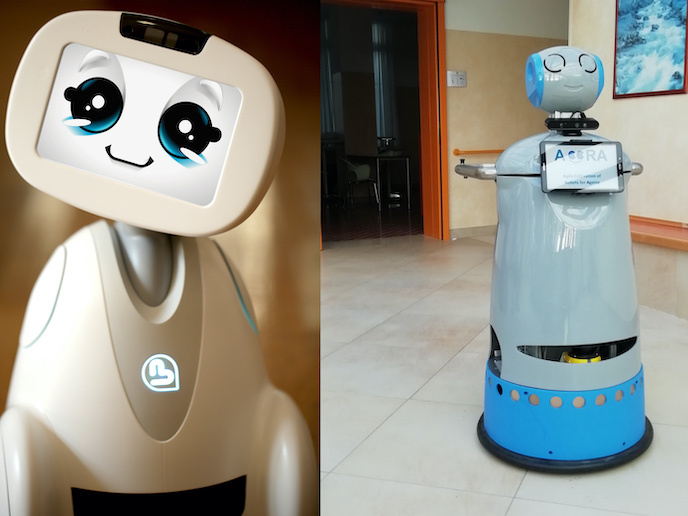From genomics to 5G, intelligent resource allocation efficiently directs data traffic
Whether it is sharing scientific data on scales from quantum perturbations to cosmic events light years away or interconnecting people and their devices in the evolution of the Internet of Things (IoT), data centres must accommodate ever-increasing data traffic. Automated smart provisioning and management of IT resources can significantly enhance the efficiency of data centres along with the satisfaction and productivity of end users. A software-defined infrastructure (SDI) can do just that, using software technologies for optimisation to intelligently meet demands in real time. SDI is a nascent technology and no large data centres currently exploit it fully to optimise their operation. The EU-funded Hi-OMICS project set out to prepare its SDI controller for market and a new era of data use.
More (computing) power, less energy
As project coordinator David Carrera of the Barcelona Supercomputing Centre (BSC) explains, “A traditional computer contains processors, memories, and disks that are pre-configured. If you get a server with four accelerators, you cannot have eight without making physical changes to the equipment. In an SDI, resources are pooled. They are located somewhere in the data centre and can be dynamically attached to the servers through a fast interconnection network (40 or even 100 Gbps – 100 billion bits per second).” The SDI controller is the software component that decides what hardware components to connect to the servers and when. Hi-OMICS built on the research of its predecessor project, Hi-EST, with the goal of commercialising the SDI controller for use in efficiently managing the workloads associated with computational genomics. The team focused on enhancing Somatic MUtation FINder (SMuFin), a program developed at BSC that compares sequences from normal and tumour genomes of the same patient to identify somatic sequence variation at base pair resolution. As Carrera explains, “SMuFin, like any other genomics pipeline, does not use resources in a uniform way all the time. Our controller co-locates compatible workloads to reduce data centre hardware needs and the total cost of ownership for the facility.” The patent-pending new version of SMuFin achieves a 20-fold reduction in energy consumption and a 2-fold improvement in performance.
Intelligent allocation of resources in more ways than one
Although the SDI controller is having a significant impact at BSC, the Hi-OMICS market analysis determined that the genomics market was not yet fertile for uptake. However, it revealed tremendous potential for application to the 5G sector and IoT. Carrera did not require artificial intelligence to flexibly reallocate the team’s SDI controller. “Our start-up Nearby Computing commercialises SDI technologies for the 5G/IoT domain where they will benefit data centres of companies, including cloud providers, mobile network operators and large industries,” Carrera states. While the market analysis outcomes were unexpected, they spurred the team to bridge research and commercial applications. Established in July 2018, Nearby Computing now has 10 employees and is involved in several proof of concept activities in 5 different countries. As computer architectures continue to evolve toward ever more efficient operations, the company plans to make its mark on the new era of 5G/IoT data networks.
Keywords
Hi-OMICS, data, software-defined infrastructure (SDI), SDI controller, data centre, Internet of Things (IoT), 5G, software, computing, energy, hardware, computer, supercomputing, server, network, internet







